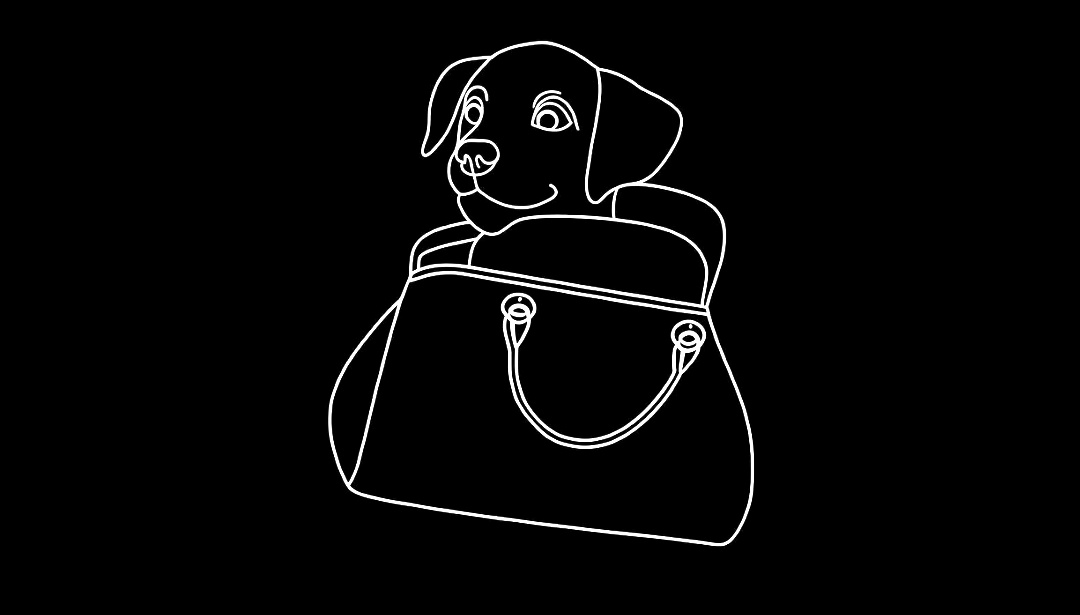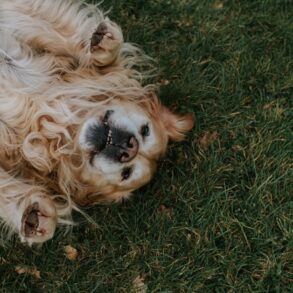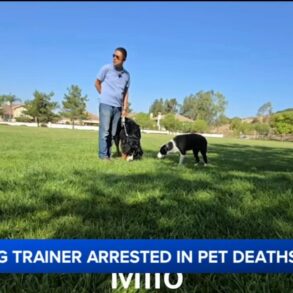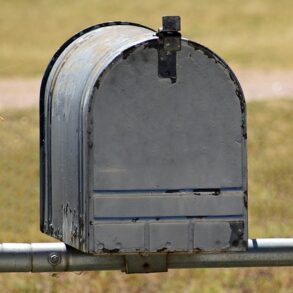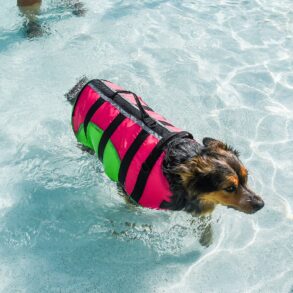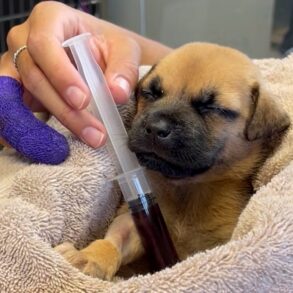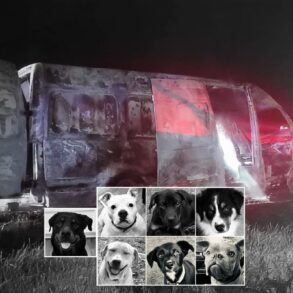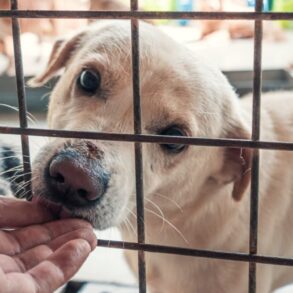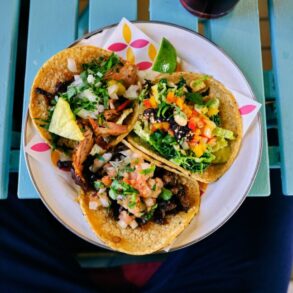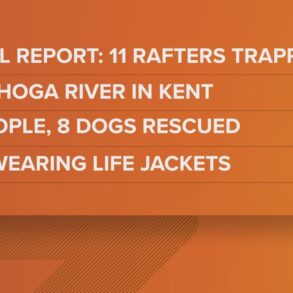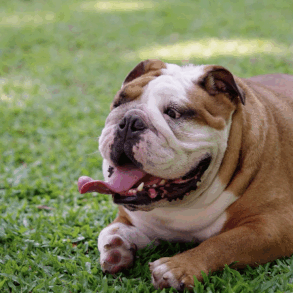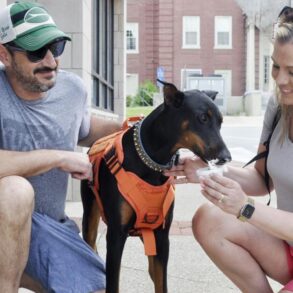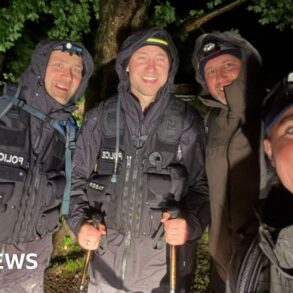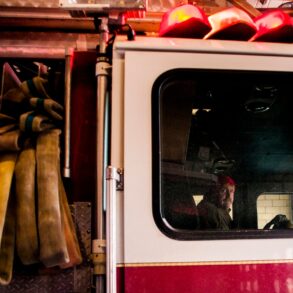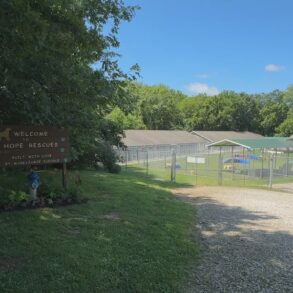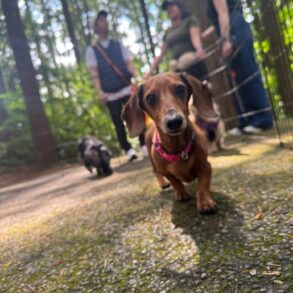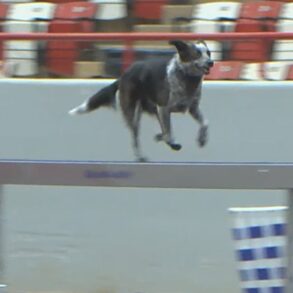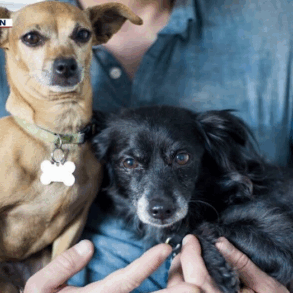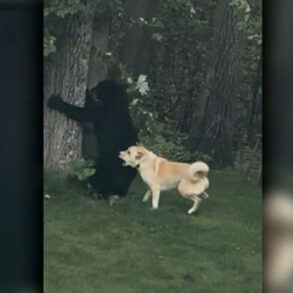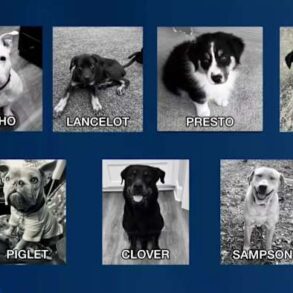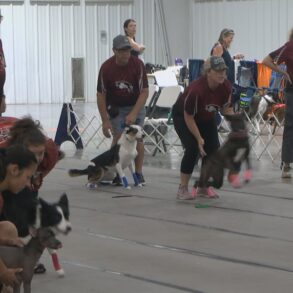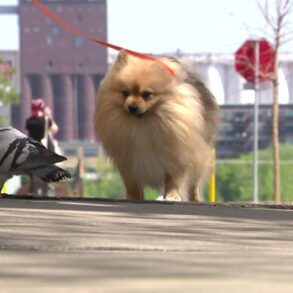RAPID CITY, S.D. — Nearly 60 sheep dogs competed at the Black Hills Stock Show and Rodeo’s sheep dog trials on Monday, Feb. 3. During this competition, the dogs and handlers showed off their skills by herding sheep through the required obstacles.
Ariana Schumacher /Agweek
Tim Naasz of Platte, South Dakota, has been bringing his sheep dogs to trials for nearly 20 years. This year, he brought three of his dogs: Harvey, Rose and Lil.
ADVERTISEMENT
“I started with a cattle trial because that is what I was most comfortable with. But we saw this and I thought it’d be fun and it’s just a blast to do,” Naasz said.
But sheep dog trials are more than just fun and games, these dogs are trained to work. For many of these showmen, their dogs are like their hired hands.
“Everybody will tell you it’s very hard to find help and what the dog, the border collie especially, can save you four or five hired men,” said Ronda Pletcher, dog handler and rancher from Yuma, Colorado. “What they can do by themselves sometimes, they keep the cattle or the stock quieter and have an ease of handling them.”

Ariana Schumacher /Agweek
“They are priceless,” said Becky Combs, dog handler and rancher from Wray, Colorado. “We run cattle with my son-in-law and my son, and we all use dogs. So, we need a third of the manpower because of our dogs. They fill so many holes and do way more than what people actually do.”

Ariana Schumacher /Agweek
“That’s why dogs are getting more and more popular, because of the labor shortage. They just help,” said Naasz.
Dogs are a lot more affordable than hiring help.
“I think just the labor shortage that we have and what it costs for day work, the working dog is more economically feasible for ranchers,” Pletcher said.
ADVERTISEMENT
“I mean, a good, trained dog can be expensive, but when you look over the years that you have them and basically the expense of buying them and training and the dog food, it’s still cheaper than having an employee,” Naasz said.

Ariana Schumacher /Agweek
Getting the dog trained for sheep trials takes countless hours, but most of that time is spent working livestock on the owner’s operations. Naasz said he spends about two years getting each dog ready to compete.
“I put at least 60 days individually on them and at that point you kind of compare them to a green broke horse, you can take them out and use them, but they’re not perfect,” Naasz said. “But most of my training is on-the-job training. Then I will come in a couple weeks a year to kind of tune them up and put in just a little more finesse on them.”
During the competition, the dogs have tasks they need to get the sheep to complete before the timer is up.
“We stand by a post. We send the dog out to bring the stock to us and usually you have to go around the handler and the handler’s post and then drive to the other end of the arena,” explained Naasz. “Then, like today, they’ve got a Y-chute set up and a pen. So, then you got through the Y-chute and into the pen then. This here you have got to have all three sheep do every obstacle and then it’s timed.”

Ariana Schumacher /Agweek
Most of these dogs are used to working cattle at home, so sheep can be a learning curve for them.
“They are very different. They are very light, their pressure points are totally different, their thought process is totally different. It’s definitely a bigger challenge for me since I am not a sheep person,” Combs said.
ADVERTISEMENT

Ariana Schumacher /Agweek
Competitions like these require a lot of teamwork between the dog and its handler.
“The dogs read stock better than we do, so we need to step up our game in reading stock as well and using our stockmanship and understanding pressure points in the stock and where you need to be and stuff like that too,” Combs said. “If you don’t show up with your a-game your dog will look at you like ‘that was your job.’ It’s a team sport for sure.”
This post was originally published on this site be sure to check out more of their content.
